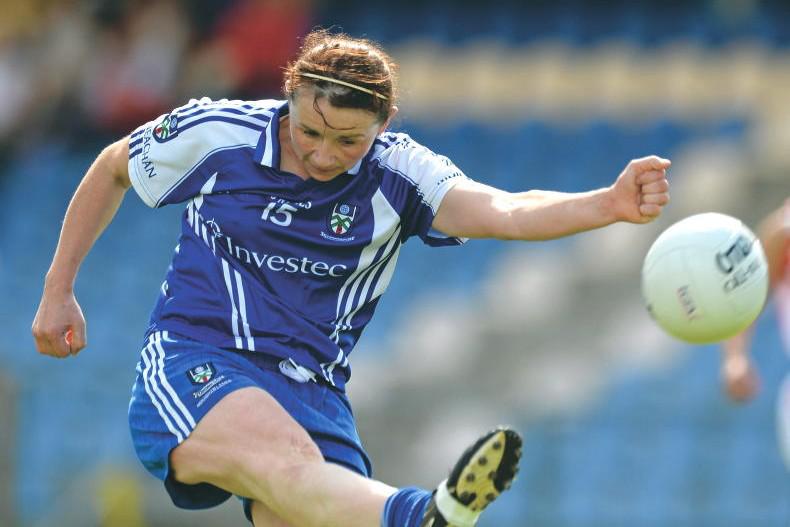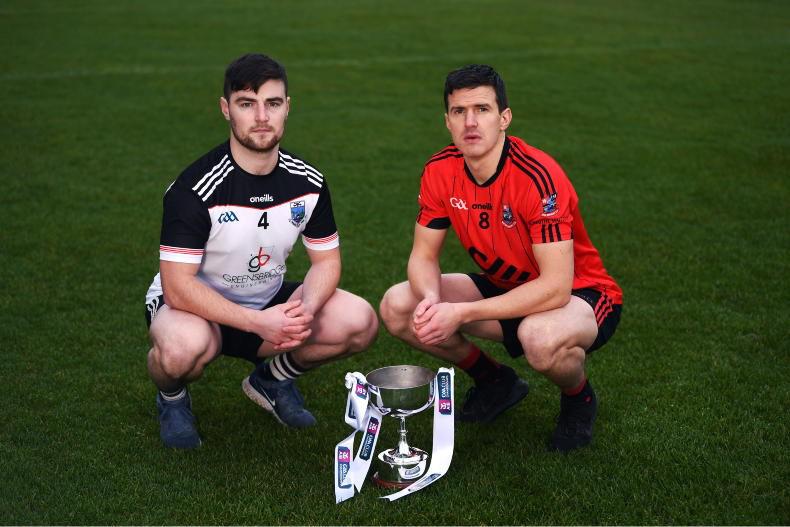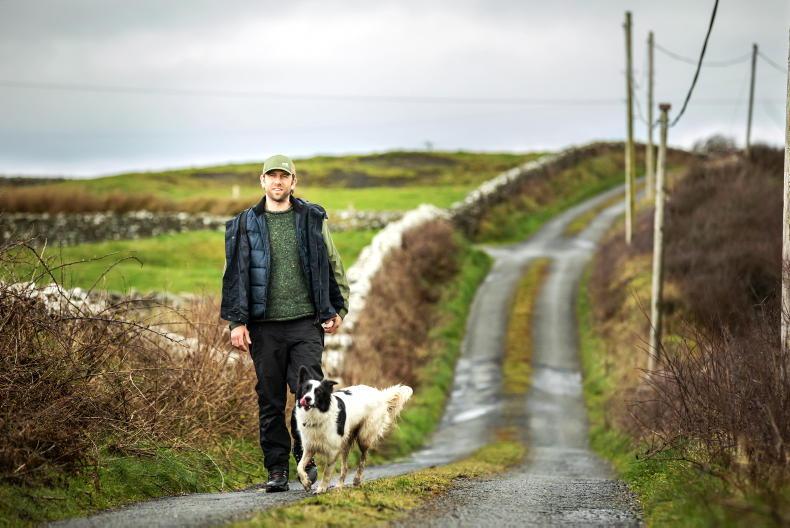John Delaney – remember him? – once referred to domestic football as the “problem child” of the FAI.
Last Sunday however, the Aviva Stadium was sold out for the FAI Cup final. This was at the end of a week in which the association; (a) voted against increasing female representation on its board and; (b) was found to have made excessive payments in the region of €20,000 to CEO Jonathan Hill. Maybe the problems were elsewhere, after all?
St Patrick’s Athletic recovered from the concession of an early goal to beat Bohemians 3-1 in front of a crowd of 48,000. The previous record of 41,238 had stood since 1945, when Bohs were also the beaten finalists, losing to Shamrock Rovers.
Finals
This has not come from nowhere – excluding 2020, the last five finals had exceeded 30,000 – but the figure was still 6,000 more than two years ago, when Pat’s also beat Bohs, and that was the highest since the Aviva opened.
Credit obviously goes to both clubs, who have done a lot to really engage with their local communities in Inchicore and Phibsborough, as well as those charged with promoting the occasion.
The fact that the cup final is played on a Sunday is also a factor – while there is a certain romance to Friday night football, an afternoon kick-off allows parents a better opportunity to bring younger football fans.
One of the main reasons for settling on Friday nights as the popular slot was to avoid clashes with Premier League games on television.
However, on Sunday Liverpool were in action against Brentford before Chelsea and Manchester City played out a thrilling 4-4 draw.
Despite these attractions, the people chose to go to Lansdowne Road so it might be worth considering a greater balance between Fridays and Sundays.
Important
It's important that the cup final is not allowed to become a generational moment, something that is harked back to in ten years’ time as a great day but a singular day. The iron is hot and the league, collectively, must strike.
Bohs and Pat’s are among those who have ambitious plans for stadium redevelopment – hopefully, they can receive the assistance required to bring them to life.
Of course, there is an irony in the fact that more people watched Pat’s and Bohs at the Aviva compared to Ireland’s Euro 2024 qualifier against Greece last month.
Ireland’s last game in the campaign takes place this Saturday, away to a Netherlands side that must win to ensure they stay ahead of Greece in the race to finish second behind France.
It’s unlikely that any points will be added to the tally of six amassed solely from wins over Gibraltar – it seems like a long time ago that we, as third seeds, were wondering if we’d challenge the Dutch for runners-up spot.
Barring something completely unforeseen, the game will be Stephen Kenny’s last in charge. There’s no denying that the draw was tough but it would be a hard sell for Kenny to say that there has been overall improvement on his watch.
What comes next? When it comes to the FAI, you never can tell.
Newcestown GAA Club was founded in 1959, making it quite young in sporting terms.
Based in West Cork, not far outside of Bandon, the club has never been blessed with plentiful human resources, but what they had they maximised. That has been seen with countless examples of relative over-achievement on the pitch.
No matter the age or the level, you can be assured of full effort from a Newcestown team, never allowing their opponents to have anything easy. As an under-age player with Kilbrittain, I experienced that quite often.
I have a suspicion that, if they played the rest of Ireland, they might only lose by four or five points.
Feat
Their latest feat may be the greatest of all, though. After winning the Cork premier intermediate football championship in 2010 and then the hurling equivalent in 2015, the club was in the top tier in both codes, the first non-city club to have managed it since Ballincollig in the late 1990s.
At the end of 2019, Cork County Board reformatted its championships, moving to 12-team grades. Newcestown had made it to the football semi-finals that year, ensuring a spot in the premier senior competition.
They didn’t make the cut in hurling, being re-housed in the new second tier, the senior A championship.
In 2022, they ended up being relegated from the premier senior football and failed to get out of their group in hurling, having reached the semi-finals the year before.
At the outset this year, there was uncertainty as to how they would fare, not least because of the demands that come with drawing from the same playing pool in both hurling and football.
Opening against their neighbours, Dohenys from Dunmanway, in the senior A football, they lost by a point. However, a win against Blarney in the hurling helped them find their groove.
They qualified for the quarter-finals in both competitions and the wins kept coming as they reached the two finals.
Coincidentally, both games were repeats of their respective first games – in the hurling, it looked like Blarney might have the edge but Newcestown hit the front late on, with late surges being a hallmark of their season.
Ultimately, Blarney equalised, but in the replay Newcestown struck for important early goals. While they celebrated that, they knew that there was another job to do a fortnight later. On Saturday evening in Páirc Uí Chaoimh, they fell 0-4 to 0-1 down early on, but outscored Dohenys by 0-12 to 0-4 for the remainder, with David Buckley finishing with nine points to his name.
Across a period of 105 days, 15 weeks exactly, they played 13 matches across the two codes. Apart from the loss to Dohenys, their only other defeat came against Courcey Rovers in the hurling, after they had already secured the top spot in their group. Thirteen starters were common to the starting lineups in the two county finals.
In the top 12 in Cork hurling and football, only city powerhouses St Finbarr’s, Douglas and Blackrock (hurling)/St Michael’s (football) can now boast it along with Newcestown.
They will enjoy the winter but equally they won’t resting on their laurels either. Dealing with the next task is always the Newcestown way.









SHARING OPTIONS